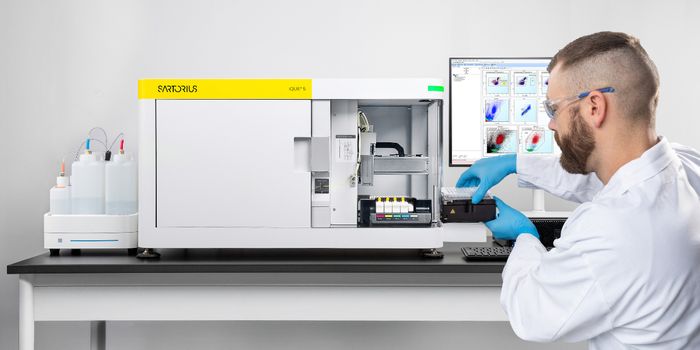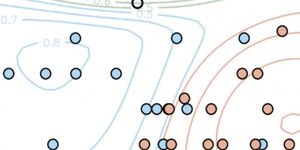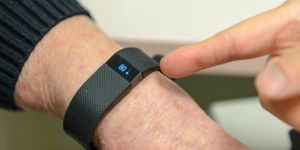Why Fertility Declines in Women as They Age
Women experience a pronounced decline in fertility as they get older; researchers have now learned more about why, and it could help explain more about female infertility. Powerful microscopy techniques utilized by scientists at the University of Montreal Hospital Research Center (CRCHUM) showed that there is a specific defect in the eggs of older mice. The complex process of cell division is dysfunctional, and it results in problems with chromosome distribution. These results have published in Current Biology, and are outlined in the following video.
"We found that the microtubules that orchestrate chromosome segregation during cell division behave abnormally in older eggs. Instead of assembling a spindle in a controlled symmetrical fashion, the microtubules go in all directions. The altered movement of the microtubules apparently contributes to errors in chromosome segregation, and so represents a new explanation for age-related infertility," said senior author Greg FitzHarris, a Université de Montréal professor and CRCHUM researcher.
Women and other female animals are only born with a certain number of eggs. Those eggs are dormant until the ovaries begin to release them, one during each menstrual cycle. Fertility then begins to significantly decline around age 35.
"One of the main causes of female infertility is a defect in the eggs that causes them to have an abnormal number of chromosomes. These so-called aneuploid eggs become increasingly prevalent as a woman ages. This is a key reason that older women have trouble getting pregnant and having full-term pregnancies. It is also known that these defective eggs increase the risk of miscarriage and can cause Down's syndrome in full-term babies" explained FitzHarris.
It had been thought that increasing age increases the likelihood of aneuploid eggs because a sort of glue that binds chromosomes together doesn’t work as well in older eggs. This concept has been termed the "cohesion-loss" hypothesis.
"Our work doesn't contradict that idea, but shows the existence of another problem: defects in the microtubules, which cause defective spindles and in doing so seem to contribute to a specific type of chromosome segregation error,” FitzHarris suggested. During cell division, chromosomes are segregated in a special way by cellular structures called microtubules.
The researchers connected dysfunction in these older eggs with microtubules. “In mice, approximately 50% of the eggs of older females have a spindle with chaotic microtubule dynamics,” FitzHarris said.
The scientists investigated further by micromanipulating mice eggs when the mice were between the ages of 6 and 12 weeks (a young group) and at 60 weeks mice (an old group). "We swapped the nuclei of the young eggs with those of the old eggs and we observed problems in the old eggs containing a young nucleus," explained Shoma Nakagawa, a postdoctoral research fellow at the CRCHUM and at the Université de Montréal. "This shows that maternal age influences the alignment of microtubules independently of the age of the chromosomes contained in the nuclei of each egg."
The research team led by FitzHarris noted that spindle defects are a problem in humans as well. Basically, the machinery of the cells doesn’t work as efficiently in older eggs, and that problem is not due to the age of the chromosomes.
This work may aid women with fertility issues, both to become pregnant and to carry a pregnancy to term. "We are currently exploring possible treatments for eggs that might one day make it possible to reverse this problem and rejuvenate the eggs," explained FitzHarris.
A lot more work will be necessary before that goal is realized, but this research helps lay important groundwork.
Sources: AAAS/Eurekalert! via CRCHUM, Current Biology








